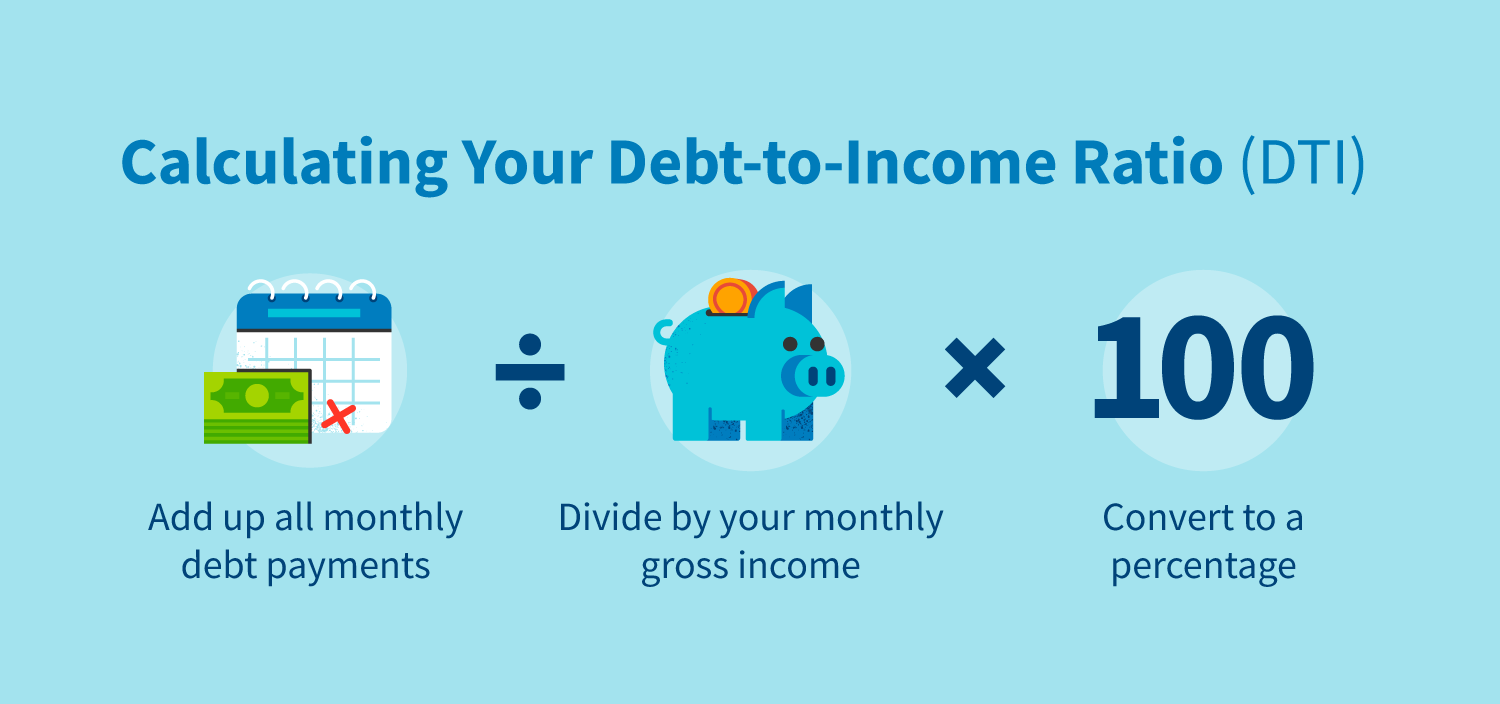Medical debt can be a significant financial burden for individuals and families. One way to understand the impact of medical debt on your overall finances is by calculating your medical debt-to-income ratio.
The medical debt-to-income ratio is a measure that compares your total medical debts to your income. To calculate it, add up all outstanding medical debts and divide this amount by your annual income. For example, if you have $5,000 in medical debts and earn $50,000 per year, your medical debt-to-income ratio would be 0.1 or 10%.
This ratio helps you gauge how much of your income is being allocated towards paying off medical bills. A higher ratio indicates a greater proportion of income dedicated to covering healthcare expenses.
Ideally, you should strive for a low medical debt-to-income ratio as it signifies better financial health and lower stress levels related to managing healthcare costs. A high ratio could mean that you are struggling financially due to overwhelming healthcare expenses.
It’s important to note that there isn’t an exact threshold for what constitutes a “good” or “bad” ratio since everyone’s financial situation differs. However, keeping the ratio below 5-10% is generally recommended.
If you find yourself with a high medical debt-to-income ratio, consider taking steps to reduce it such as negotiating payment plans with providers or exploring assistance programs offered by hospitals or charities.
Monitoring and managing your medical debt-to-income ratio can help ensure that healthcare costs don’t become unmanageable within your budgetary constraints. It’s always wise to prioritize maintaining good financial health while also taking care of your physical well-being.

